Over the past two years, I have spent a great deal of time at Shompole Wilderness Camp in Kenya’s Southern Rift Valley.
In the relentless heat of the day, Shompole Conservancy seems like an inhospitable place. A layer of fine dust blankets everything and it is impossible to move without sending puffs of it drifting off on the breeze. It is very dry and it might appear that little wildlife could survive here. At night, however, the story is quite different…
My first inkling that this was a rather special area came early on, when we spotted five species of cat, three species of hyena and a host of smaller critters during a single night drive. Many of these species would have been very difficult to see elsewhere in Africa. It was the most productive night drive I have ever been on.
Shompole Conservancy is special for the way in which the wildlife and the Maasai community coexist. The conservancy is owned by the local people, and they benefit from tourism revenue whilst ensuring that the land is used sustainably and the environment protected. Supporting the community in the management and security of their land is SORALO, a highly effective community-driven association. An example of one of SORALO’s initiatives is the meticulous monitoring of potentially dangerous wildlife species and sharing of up-to-date location information with local livestock herders to reduce instances of human-wildlife conflict.
In the evening, people return to their bomas to safeguard their livestock behind impenetrable barricades of acacia thorns. Lions are of course one of the main threats and I spent several nights tracking them with the SORALO monitoring team. The lions in this area are truly wild and behave quite differently from those that are used to tourists; these ones are secretive, spending their days hidden deep in the thickets, and this makes them rather hard to photograph.
The Rift Valley is extremely hot and dry. The Ewaso Ngiro River runs through the centre of the valley and is a critical source of water for people and wildlife. A few other small sources of water allow animals to live away from the river and these support an astonishing quantity of life. The SORALO monitoring team took me to one such spot and of course it was an ideal place to set-up one of my Camtraptions camera traps. The results astounded me…
Over the course of just one week my camera photographed an incredible diversity of creatures: cats, hyenas, jackals, foxes, civets, genets, porcupines, honey badgers and owls to name just a few. It seemed that all night there was a constant queue of animals waiting for their turn to drink. It was the most prolific camera trap I have ever set up.
It was clear that this area had a great deal to offer photographers and safari-goers alike. Sam and Johann du Toit, the owner-managers of Shompole Wilderness Camp, had always recognised this potential and we decided to team up. We would build a new waterhole – away from all other sources of water – and a hide from which people could watch and photograph animals as they came to drink. The waterhole would give wildlife a new place to drink year-round, away from people and livestock, and this would hopefully help to reduce human-wildlife conflict as well.
Johann found an ideal spot for the waterhole, in a wildlife-rich area, with Mt. Shompole providing a stunning backdrop. I relished starting with a blank slate and refining every detail, such as angling the hide for the perfect light at sunrise and sunset, and ensuring the waterhole itself looked as natural as possible.
In December 2021, we started by digging a shallow depression and filling it from drums of water transported on the back of a pickup truck. I set up a camera trap and over the coming days the wildlife started to show up.
Next, two shipping containers were converted into a spacious hide with windows, a toilet and fold down beds. In April, the containers were lowered into a large hole so that the windows were just above the water level.
Thirty Maasai people from the Shompole Community helped construct a 5km pipeline from the river and a solar pump was then installed to keep the waterhole permanently topped up. By July, Shompole Hide was ready…
My first nights in the hide were challenging! The wildlife was skittish and my movements were clumsy. More often than not, animals would get spooked and disappear in a cloud of dust before I could take a photograph. Over time, however, I got better at moving around silently and the wildlife got used to the new occupant of the hide.
At night I learnt to work in complete darkness and I figured out how to light the waterhole without disturbing the animals. Lighting was as critical as the design of the hide itself. It was important to me that this would be totally flexible, so that any photographer could illuminate the waterhole in their own style and capture photographs that didn’t look the same as everyone else’s. For me, experimenting with lighting is one of the most challenging and exciting aspects of working at night.
Of course, my dream was for the lions to turn up and eventually they did. Thinking back to that experience still gets my pulse racing… I was alone with nothing but air between me and the lions. The cats were just a few meters away and seemed impossibly large from my vantage point. The lions knew I was there and held my gaze as they approached the water. Nothing compares to that connection, the feeling of vulnerability and the exhilaration.
Shompole Hide is now open to anyone staying at Shompole Wilderness Camp. Every session in the hide generates a contribution to the local community. Shompole Hide’s journey is just beginning, and I can’t wait to see what comes next…
Thank you to Johann and Sam du Toit for partnering with me and for really driving forward this entire project. Thanks also to Joseph Namisi Hamisi for your work on the hide and the rest of fantastic team at Shompole Wilderness Camp. Thanks to John Kamanga, Guy Western and the SORALO rangers and monitors for your help and the valuable work that you do. Thanks to Tom and Celia O’Connor for your generous backing and to Contech for the container conversion. Finally, a big thank you to Joel Karori, Daniel Kishanto and the Shompole Conservancy Leaders for supporting the project, and to the team from the Shompole Community who helped with the earthworks.

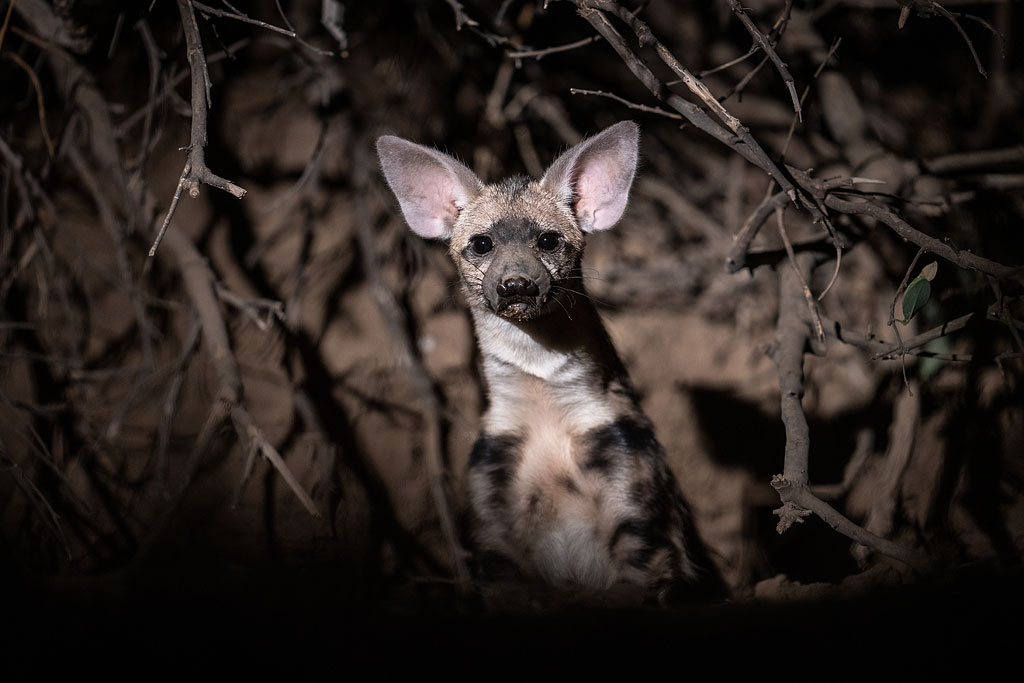

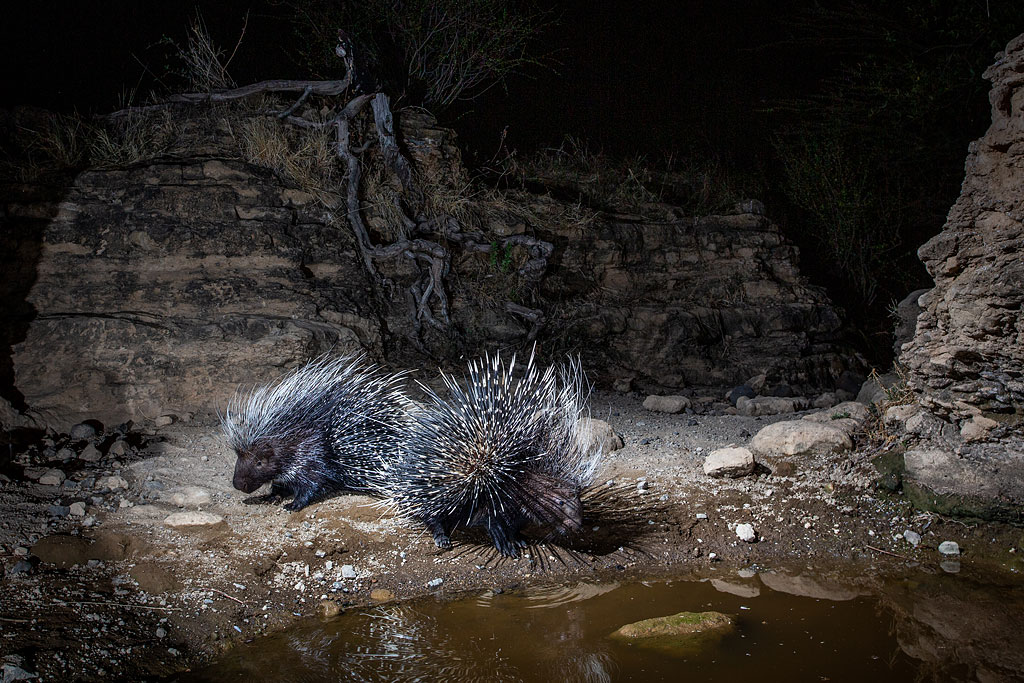

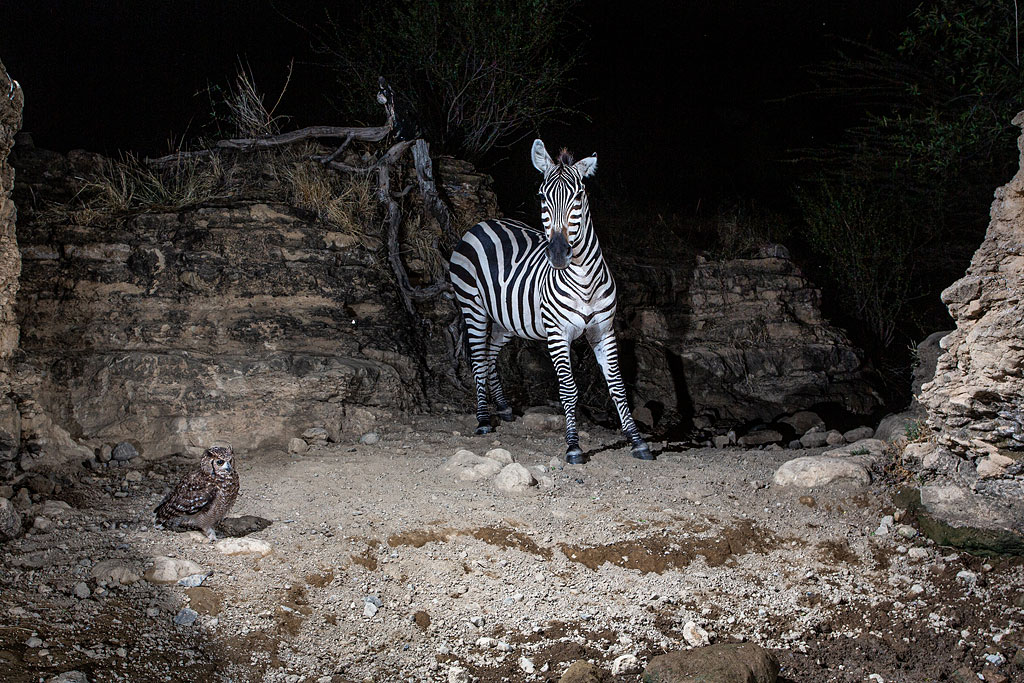
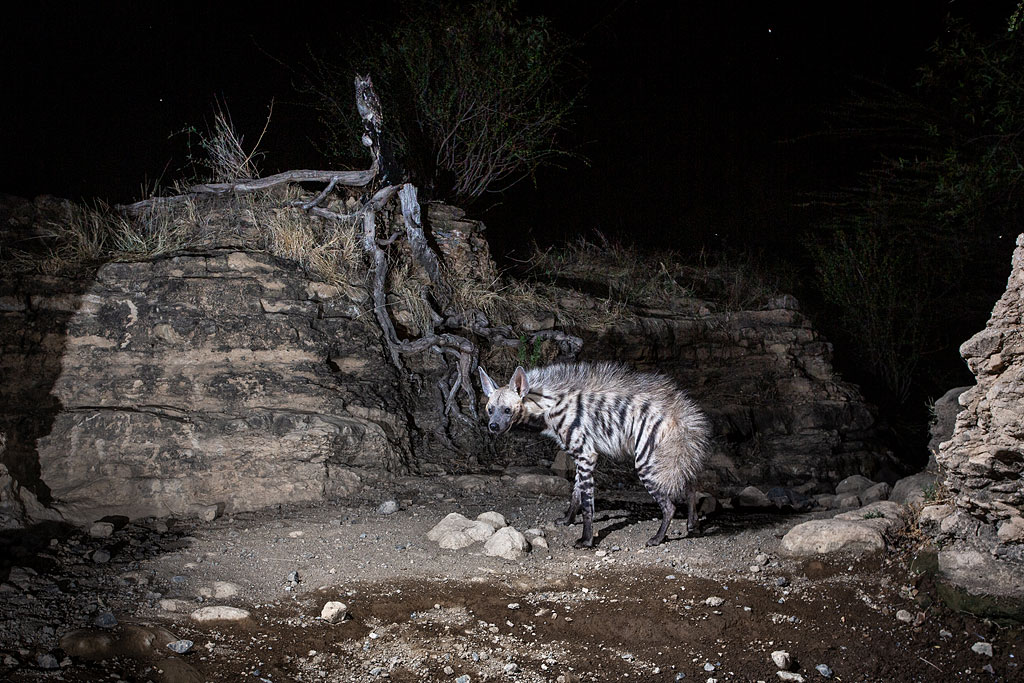
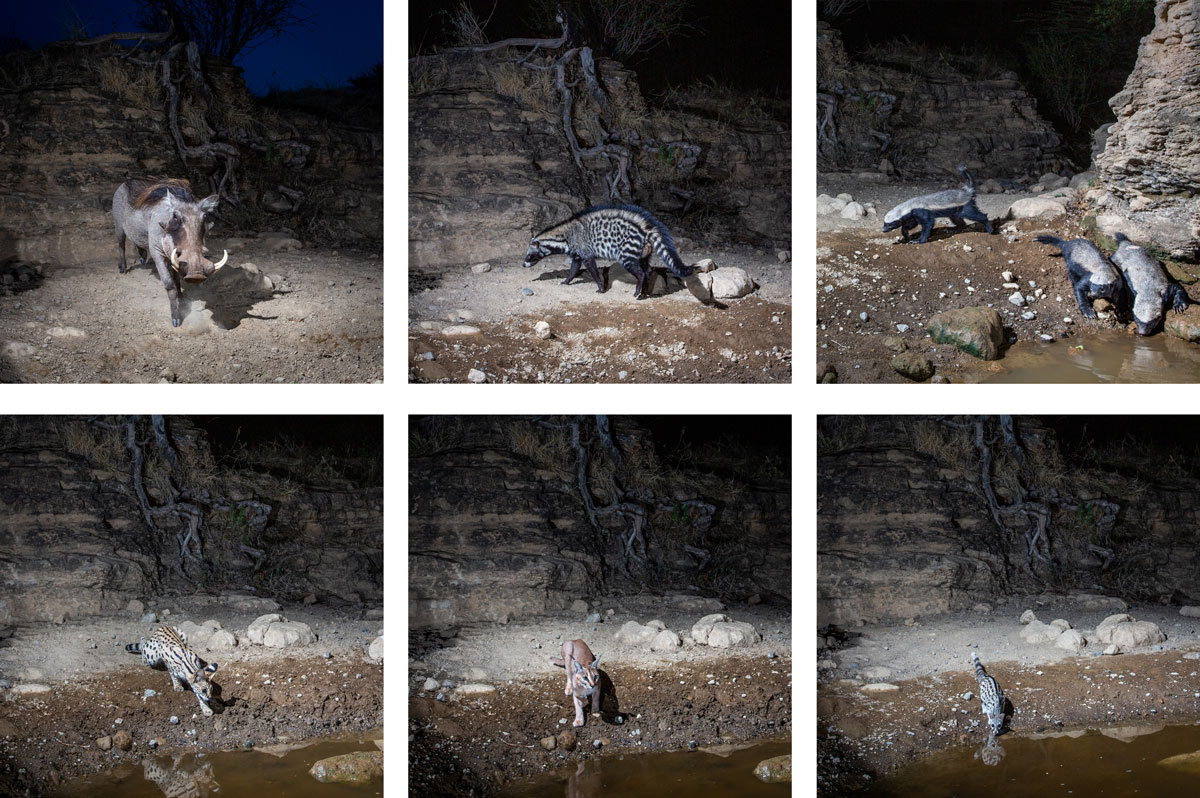
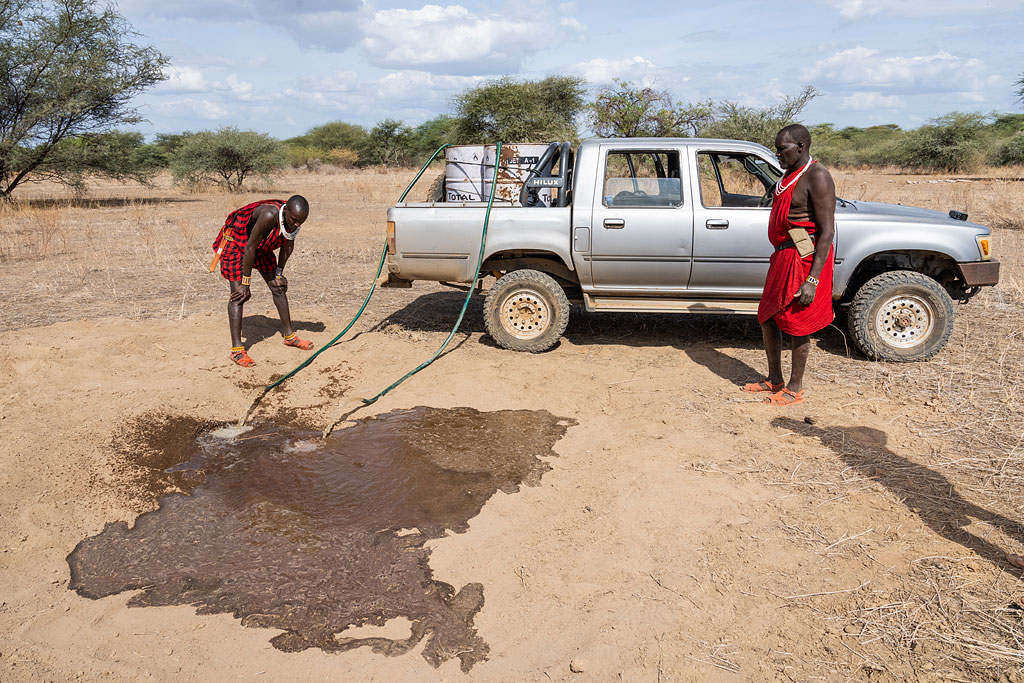
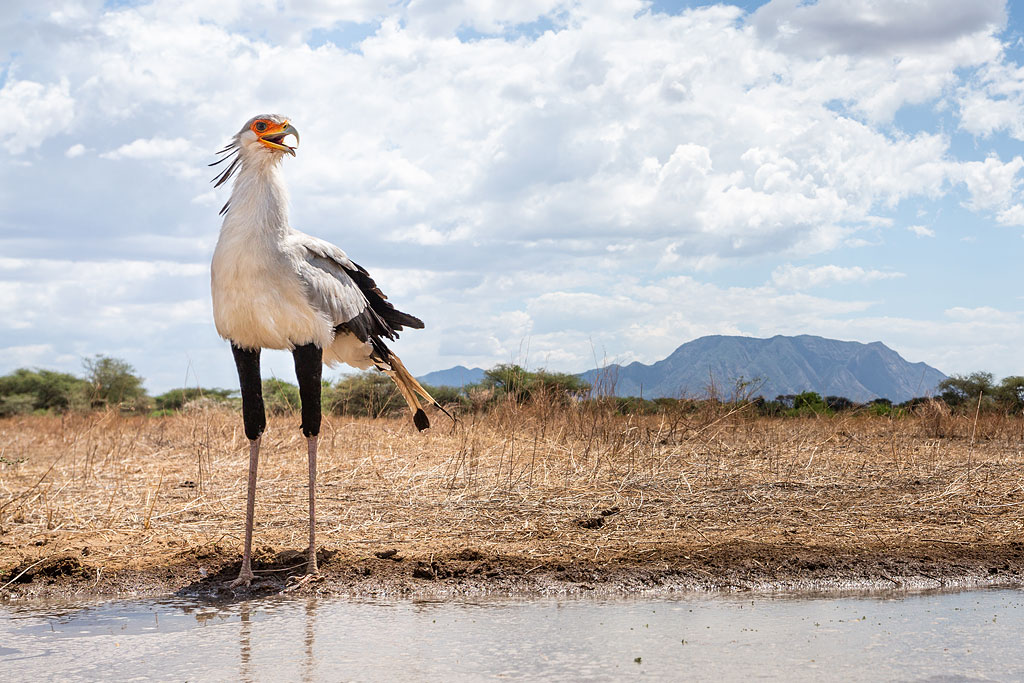
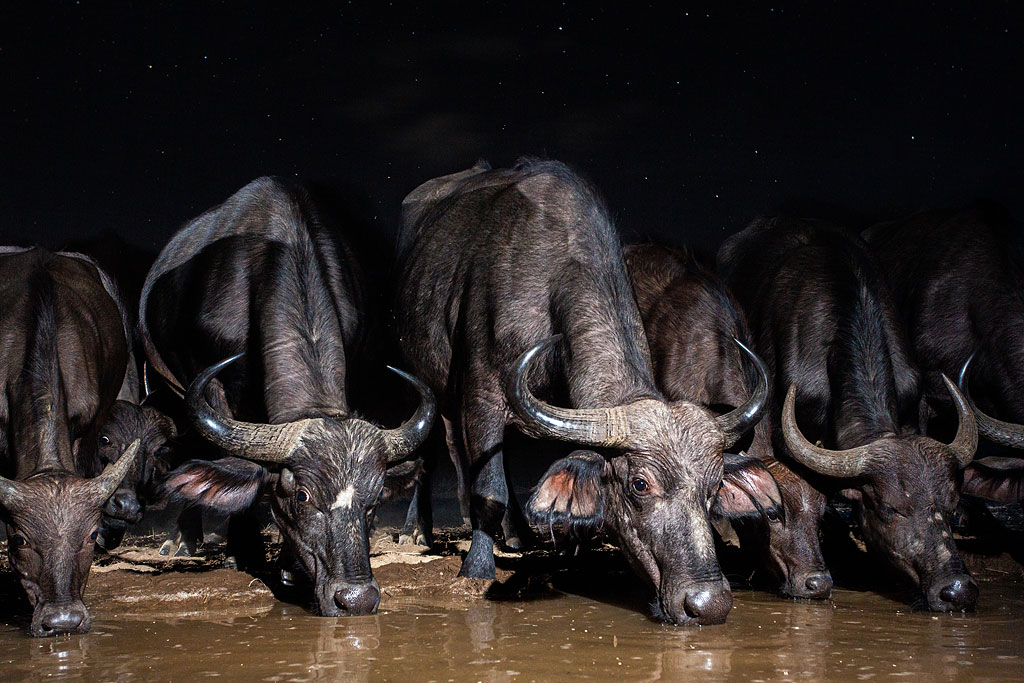
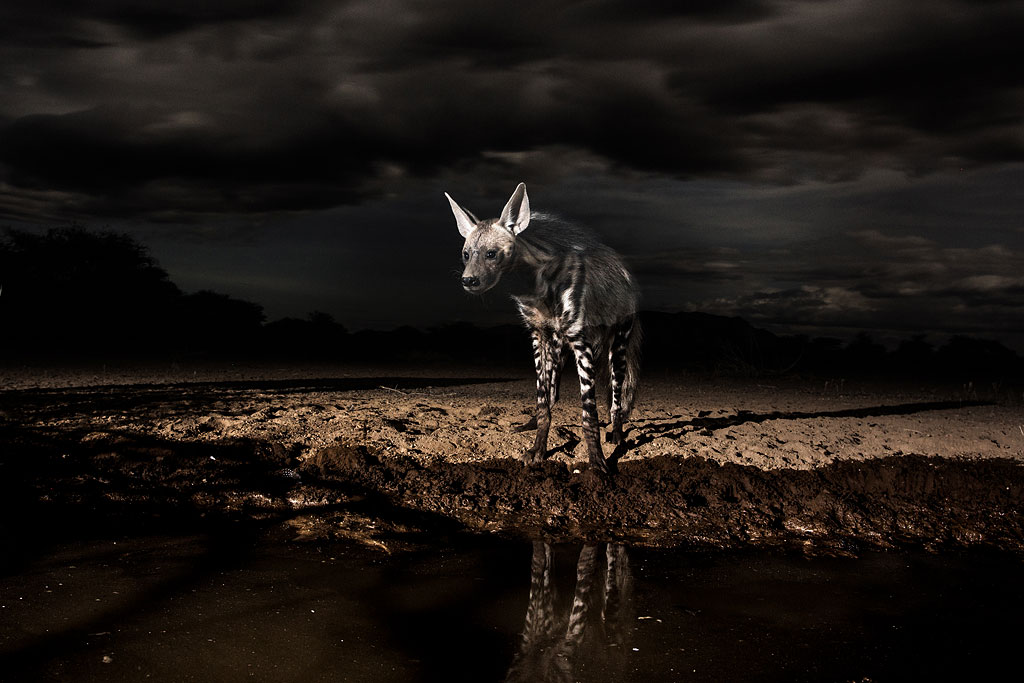
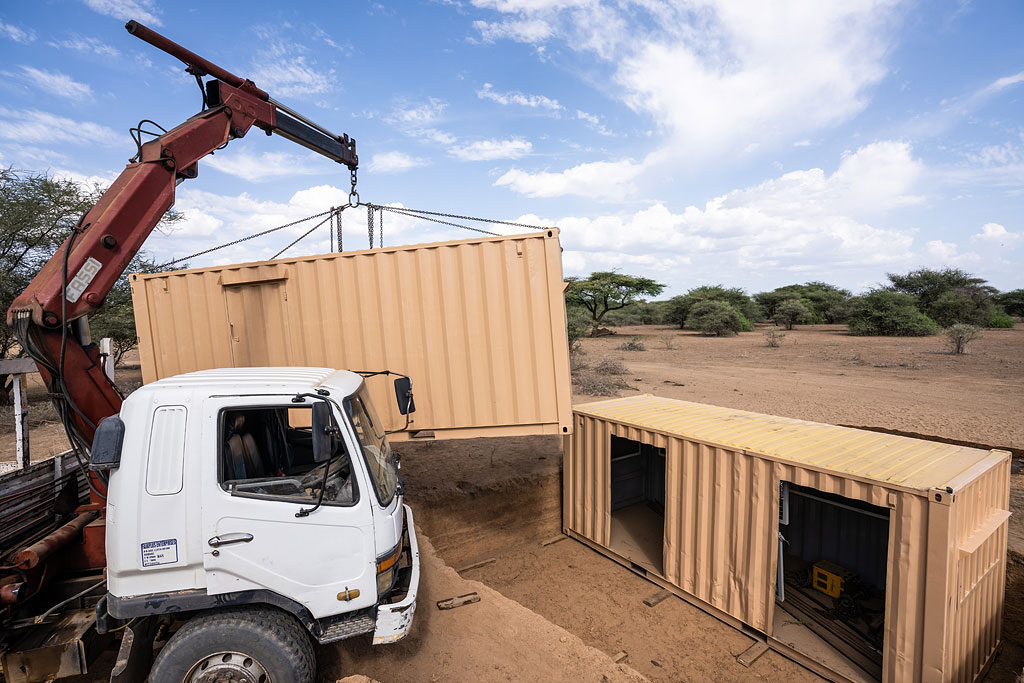
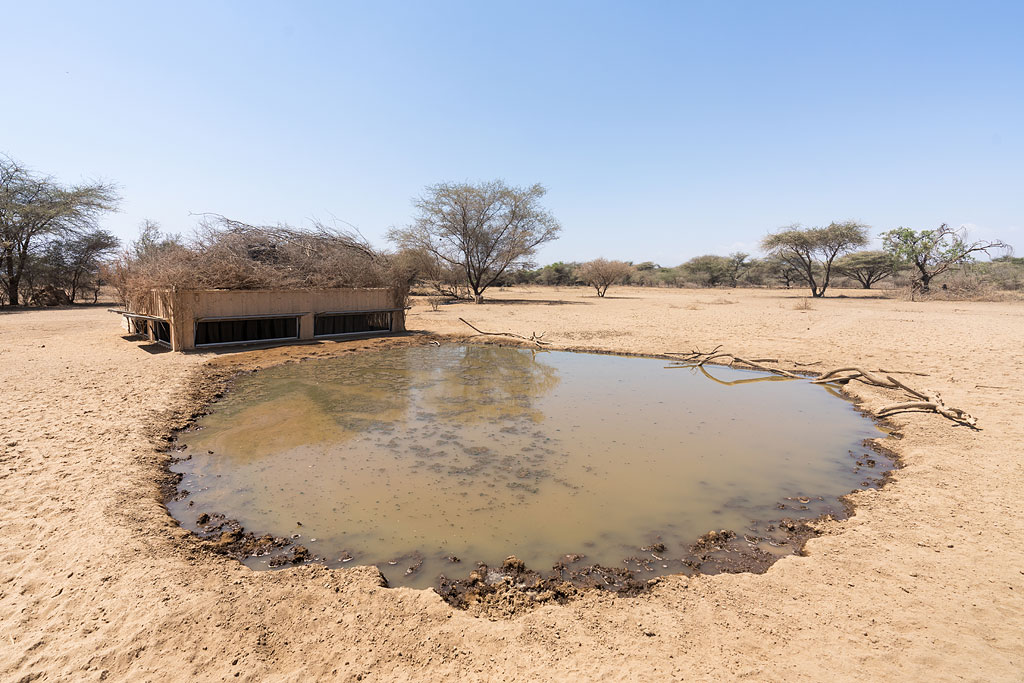
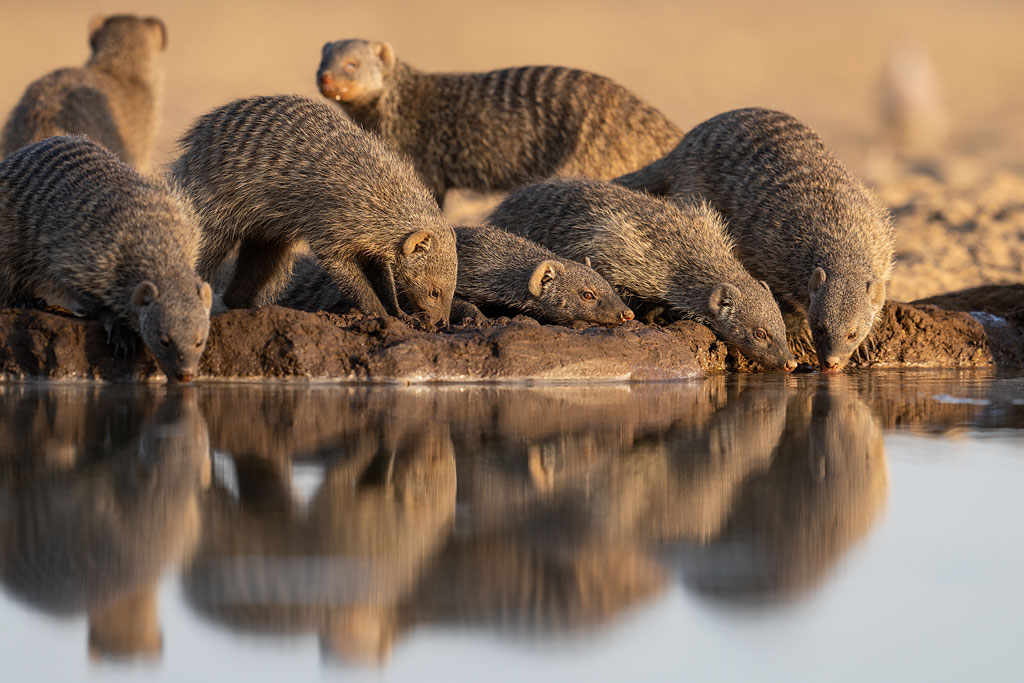
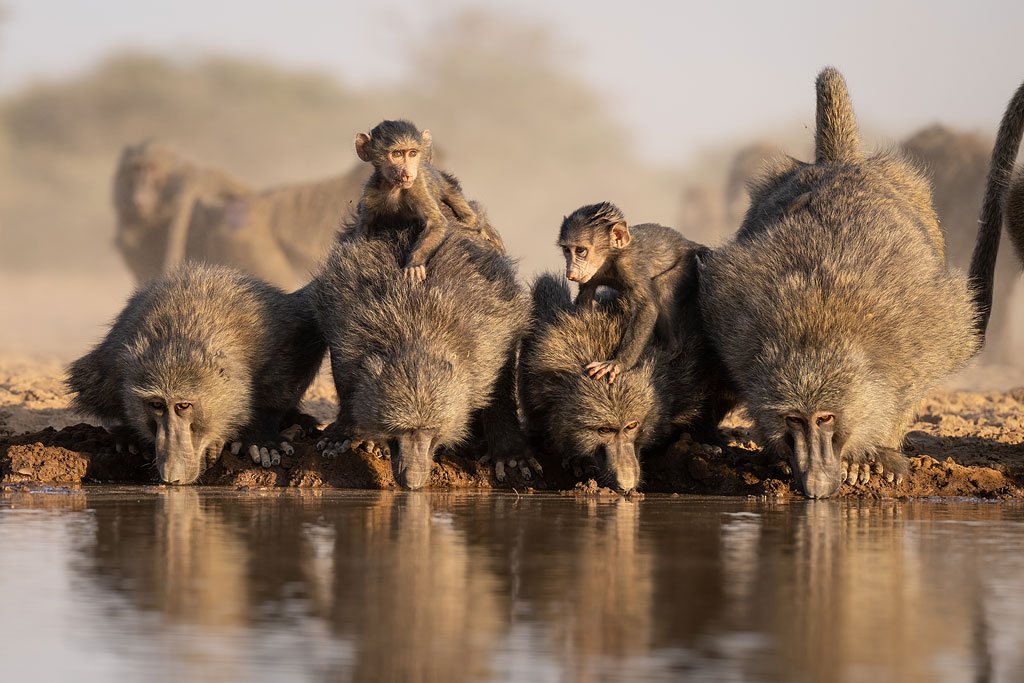
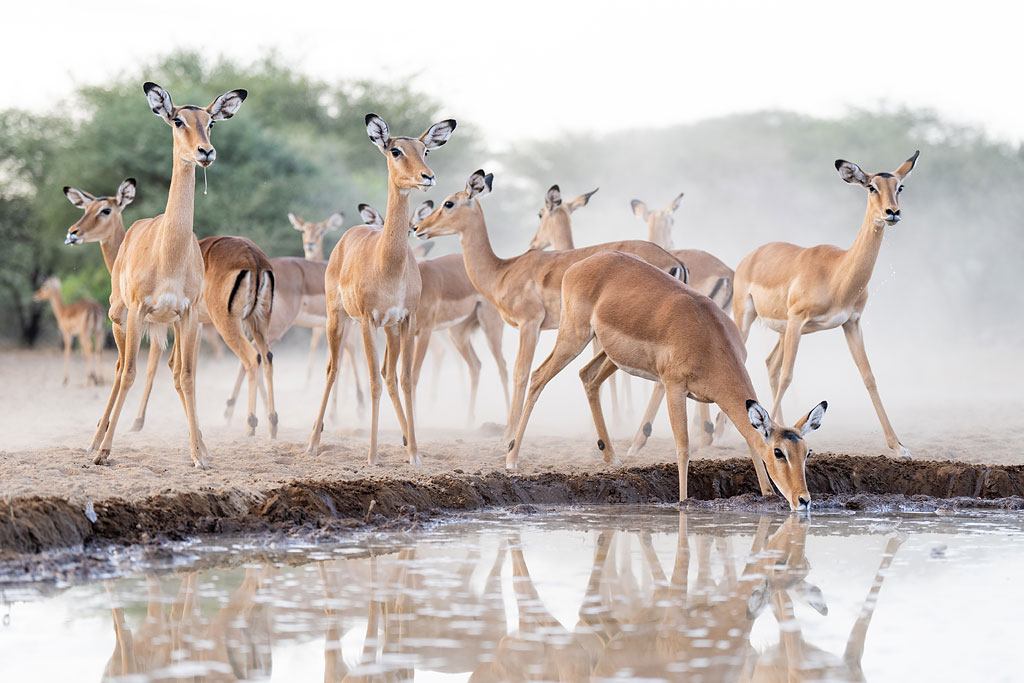
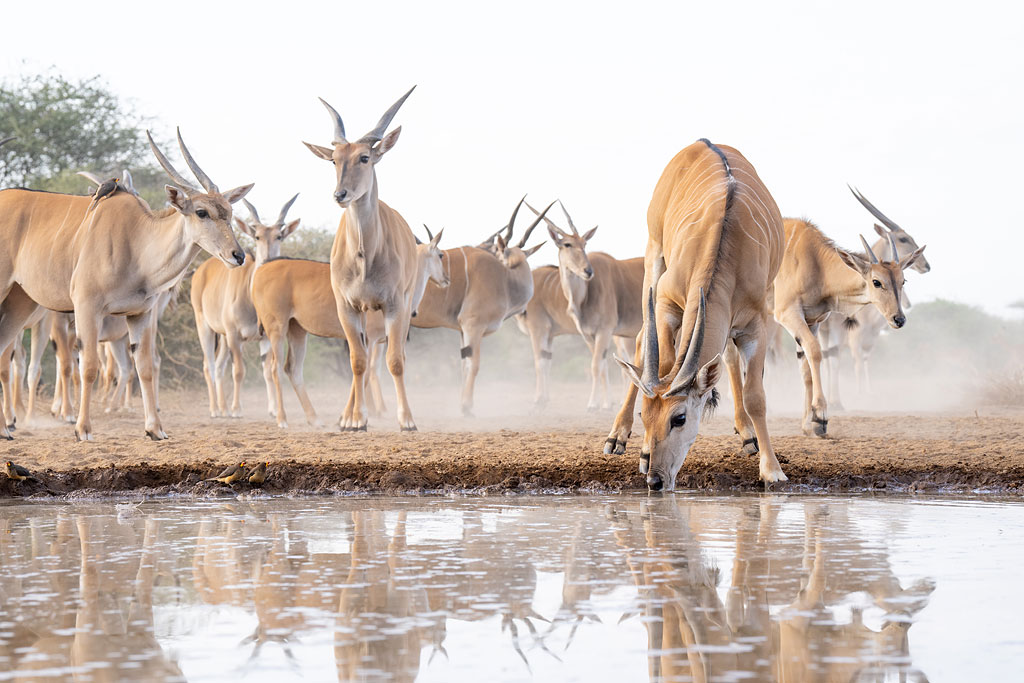

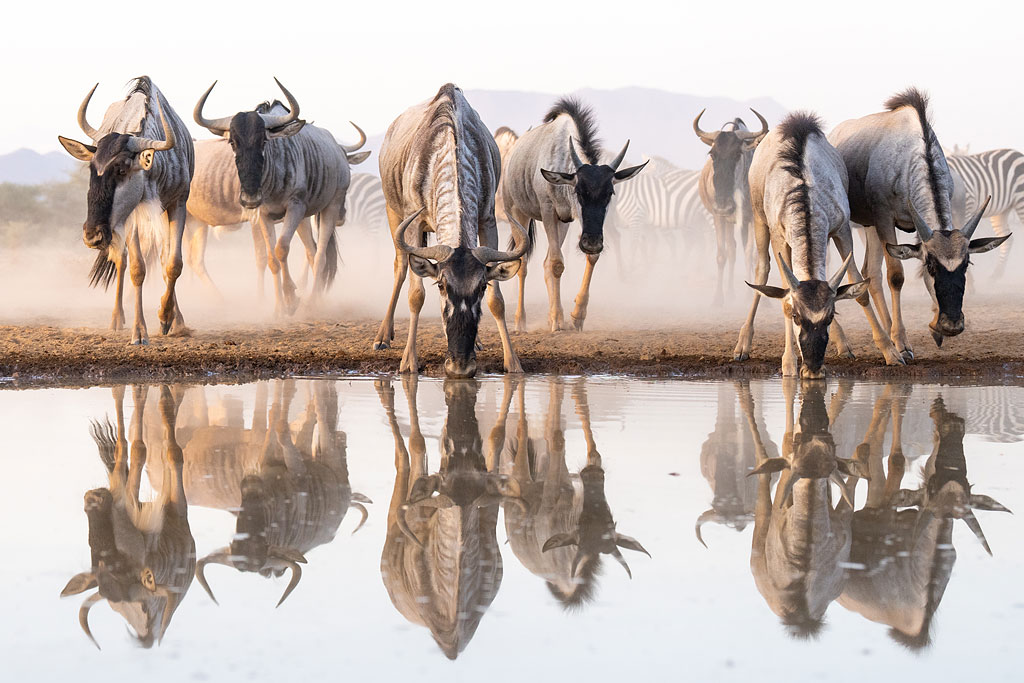
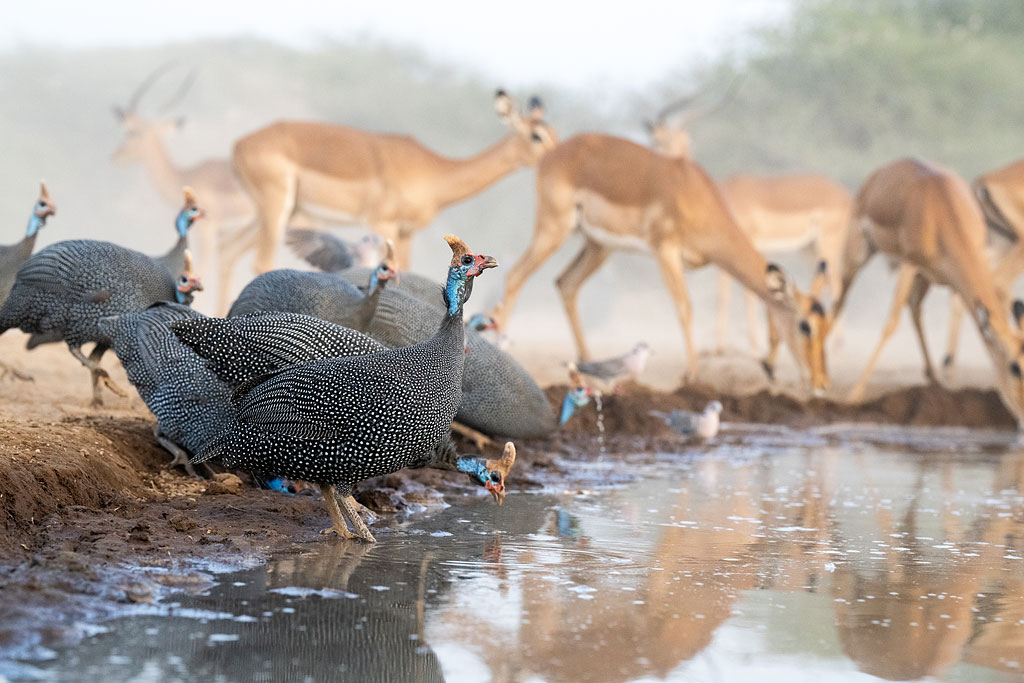
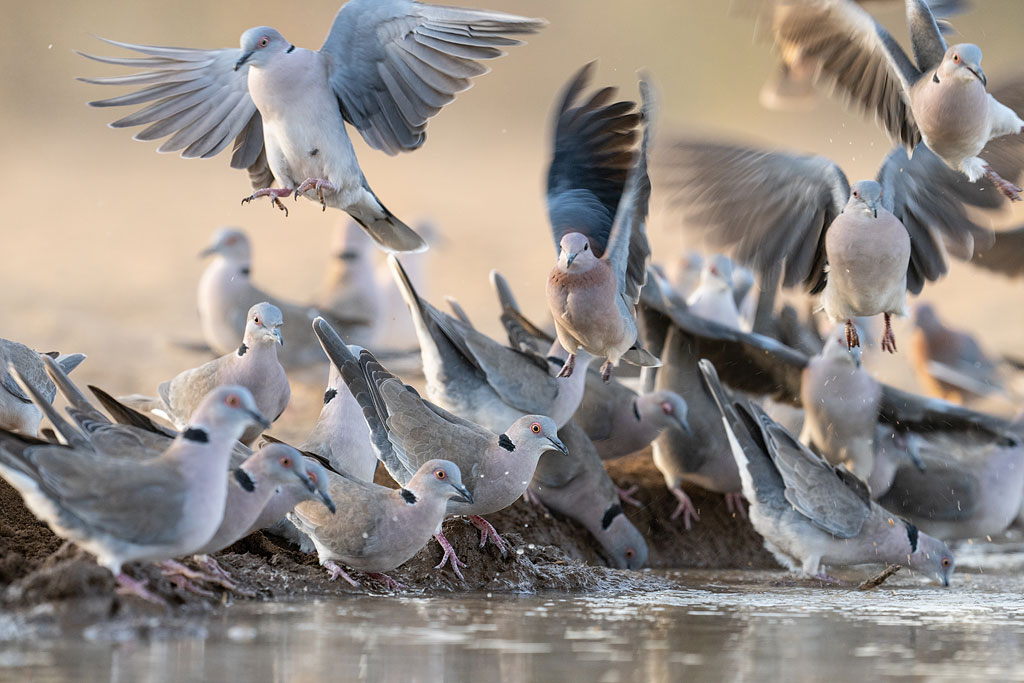

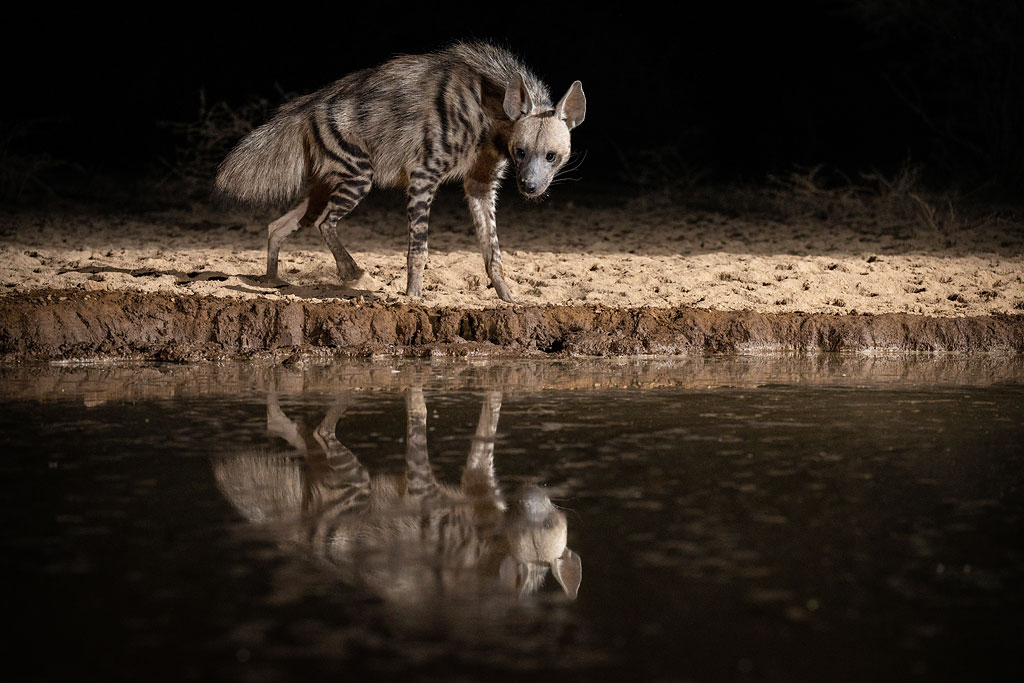
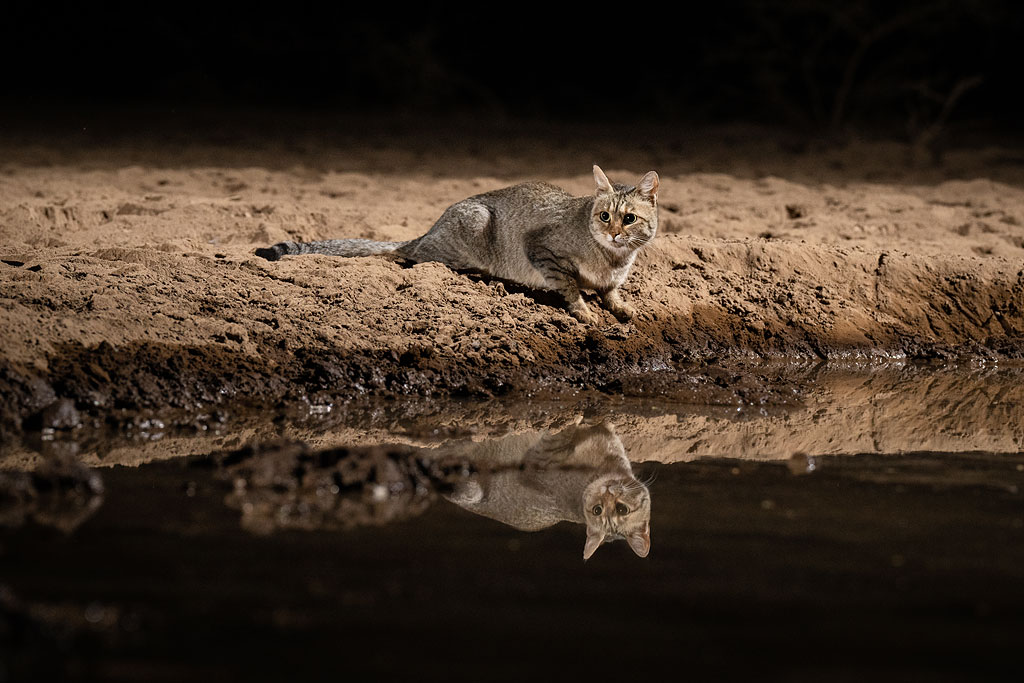
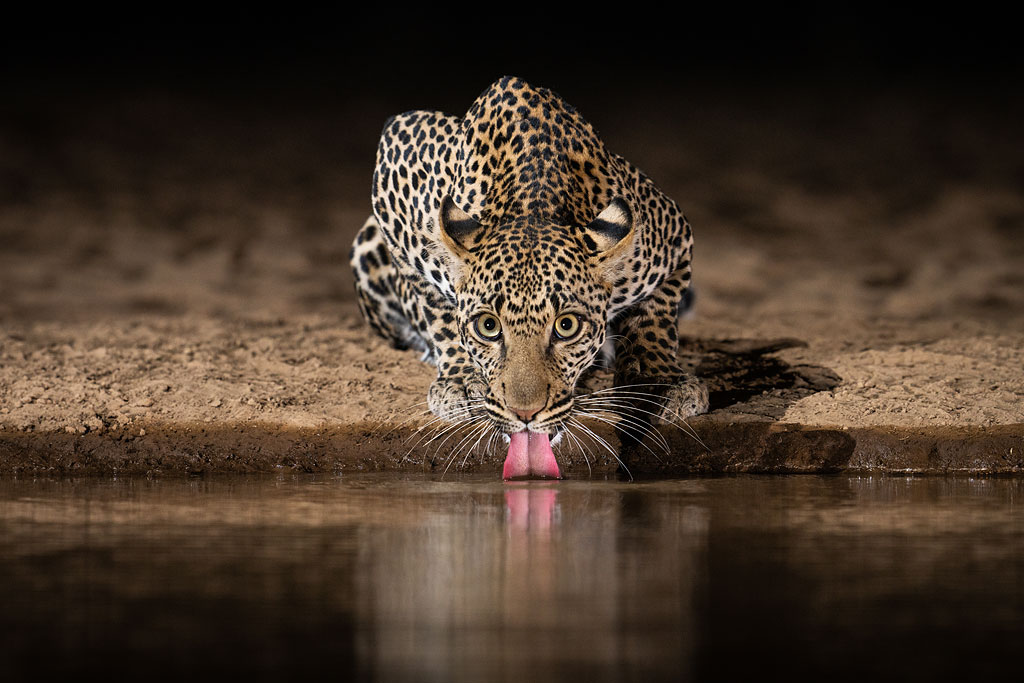
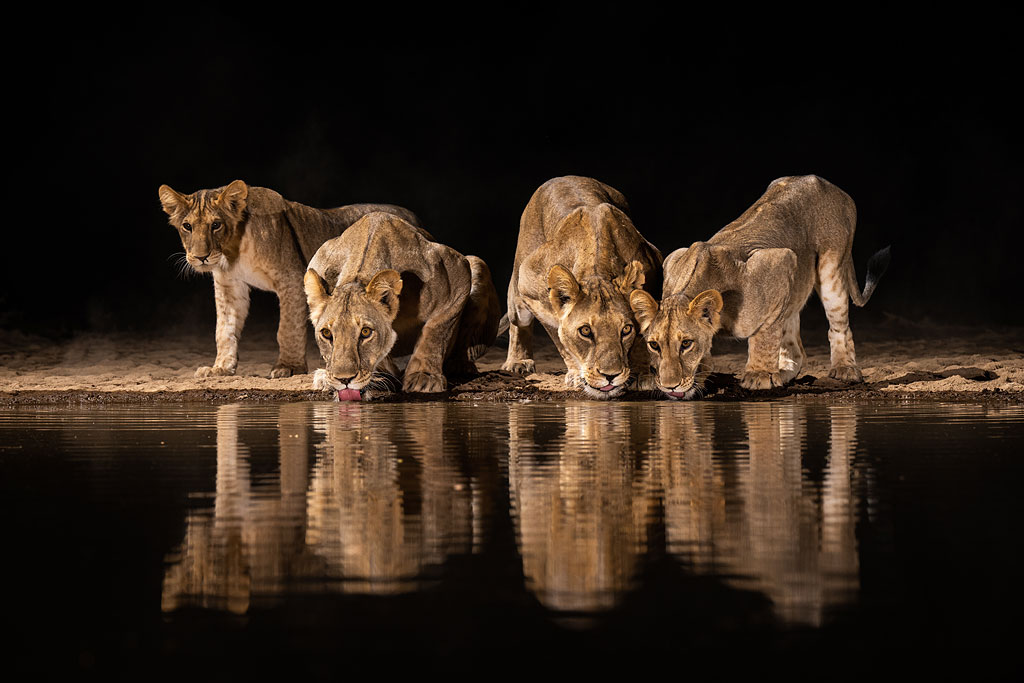
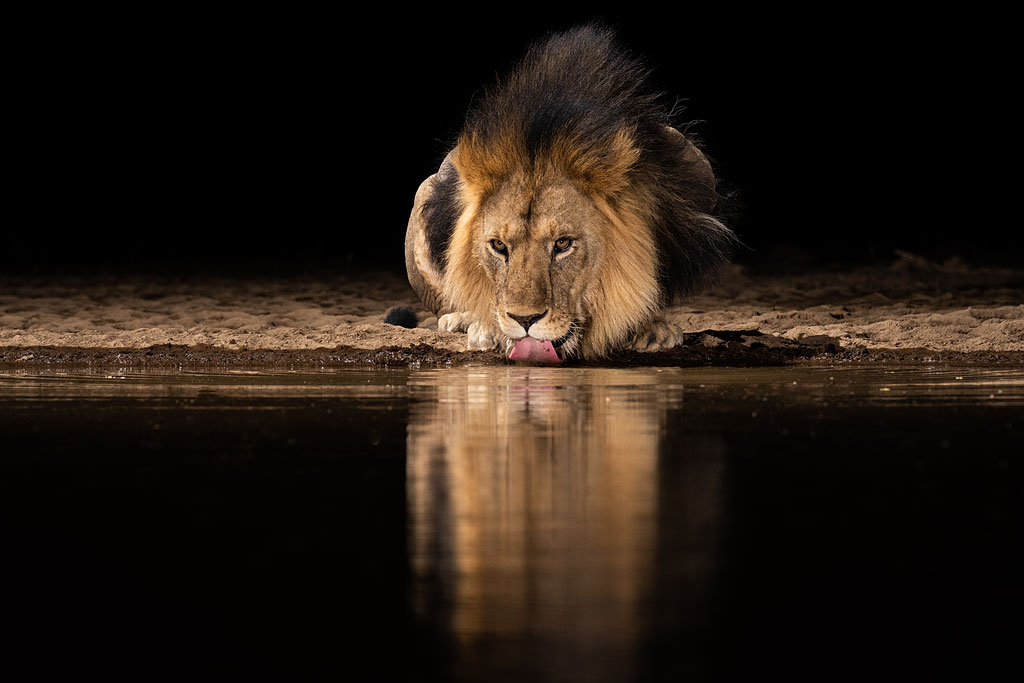
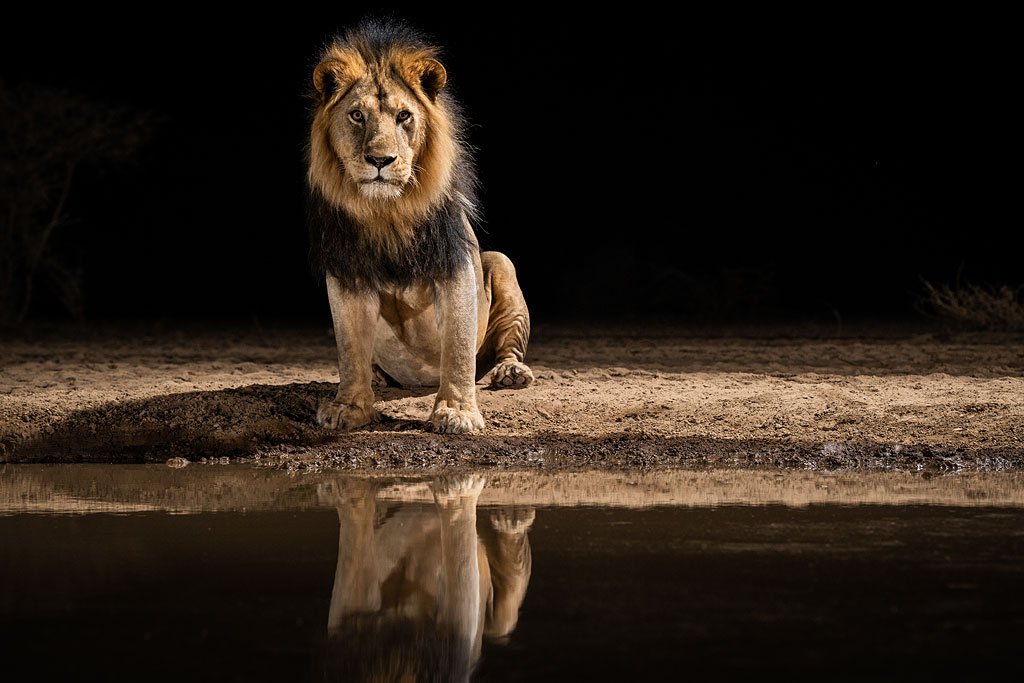
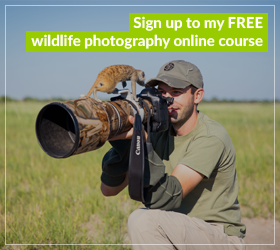
Will, I’m always amazed at your awesome photographs. Your efforts have been rewarded.
Great story Will and fantastic images to accompany it. It’s great to see a collaboration like this where the local community is the primary beneficiary.
These are some of the most beautiful photos that I have ever seen. I can’t find the right words, but I can tell you that I want each and every one of them enlarged on my walls. They are like paintings!
Thank you Elizabeth, Russell and Jessica 🙏
Will, these are stunning … not surprised that you would take stunning photos, but the low angle over your waterhole makes them triply amazing. What a great idea for a blind, “comfy” and functional. I love your story about the process of making this site and then learning to use the blind.
What’s the nighttime lighting set-up?
Thank you Will for sharing your wonderful life experience with this little old Aussie girl , the photo of the single male lion sitting on the edge of the water staring you down is just awesome ‼️‼️🌻
What stunning photographs! and so lovely to see all of that in South Rift.
Stunning photos! What a camera angle… (and what great cam-trap shots too).
Pleased to hear you can work with this to reduce human/livestock/wildlife conflicts.
Great shots and wonderful story. Thank you for sharing.
This is incredible to say the least and your photographs are beyond exceptional x wow how magically you have captured this incredible noble project and the animals in their beauty.
Will, extraordinary photos. Timetable when some of these print might be available?
I wonder if this pond will generate some vegetation around?
that would be great.
It’s fantastic to hear such good news about African wildlife and the way that the local people are happily co-existing with the animals. Such a change from the usual depressing stories one reads.
The photos are brilliant – in particular, that one of the leopard is quite mesmerising.
Thank you for sharing this, and greatly improving my day.
works of art.